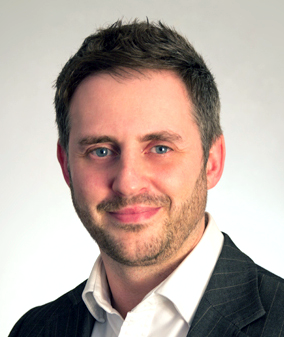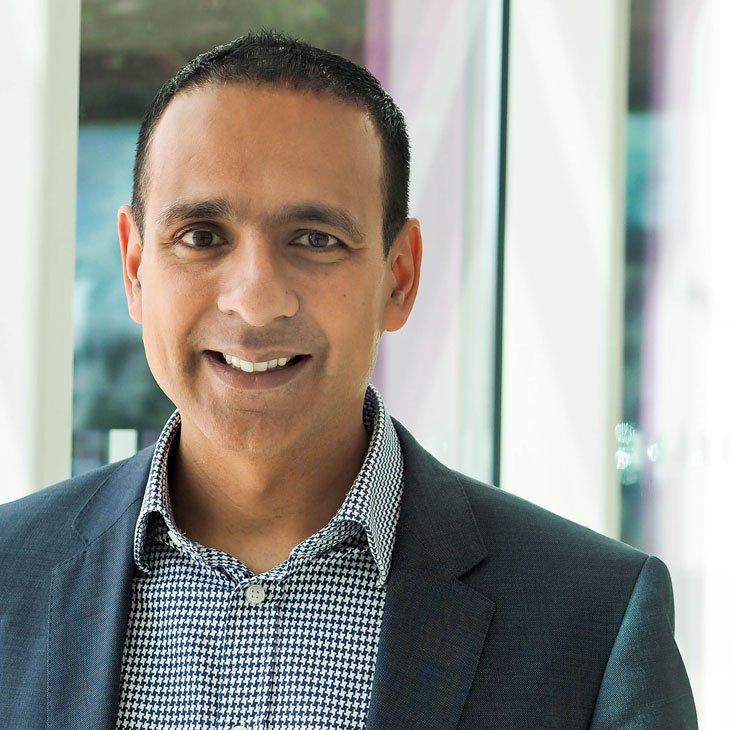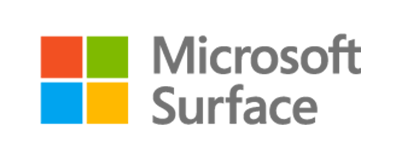Everyone has been talking about product constraints. We asked key members of the TD SYNNEX team closest to the situation to give us their perspective on the current status, when it might change, and what we can do in the interim from a positive perspective
David Watts, senior vice president, TD SYNNEX, UK & Ireland

‘While the shortages issue continues, we haven't seen anything close to the worst case scenario. While that’s a relief, it is still a significant and ongoing challenge for us and our customers. Vendors do have an extremely difficult job managing the situation and there are many variable factors. By and large, they have done a good job, but lead times and the information we get changes on an almost daily basis. As a result, being able to predict and give our customers really good information has been very difficult and that continues to be the case.
‘It is very frustrating for customers, and we are working hard with our vendors to make sure we get accurate information to them. Although we're doing our best to be prudent when providing information, partners still need to be cautious. If I was committing resource on-site for an install, for example, I would be very careful about that at the moment.
‘When will the situation improve? It depends on who you talk to, but we’d expect shortages of notebooks and other finished products going into next year. I think the extent of those shortages will largely depend on vendor decision-making around whether they're putting more into consumer products or into B2B products.
The most important thing for us all is to keep communicating
‘If you look at individual components that subsequently impact availability of finished products, I'd expect them to carry on for much of next year, to some extent or another. I think they'll come in and out of supply, to be honest. A lot of that comes back to the original resources that these products are being made from.
‘What can we do in the interim? We’d ask partners to plan ahead as much as possible, communicate your needs with our teams, and talk to your end-customers about diverting project work or budgets to areas where progress can be made without the need for new finished products or components. The most important thing for us all is to keep communicating, being honest about the situation and understanding that – to a greater or lesser degree – we are all in this together.’
Matt Child, managing director, Advanced Solutions, TD SYNNEX, UK and Ireland

‘Firstly, it’s important that we maintain our daily contact with the vendors and take their downloads – things do change day to day, but there’s no fool-proof way of being able to predict where we’ll have problems and for how long. We’re also reliant on our partners understanding that we aren’t in control of the stock situation but, as the world’s biggest distributor, we’ll always forward plan as much as possible and buy up front what we can to weather the storm.
‘The second and more progressive way of managing our position is working with the partners on a more technical level to understand what outcomes their customers are looking for, and to see if we can achieve these outcomes with different technology environments that don’t cause delays or challenges with stock.
‘It is not just affecting IT – try and buy a new car at the moment. They share some of the tech’ we use, and the semiconductor shortages impact many industries. This is a complex challenge and there are many contributing factors.
Our advice to partners who are frustrated by the situation is to engage with us
‘Looking at it from a more positive perspective, this is a good time for partners to work with customers to find alternative solutions or switch the focus of IT spending to other areas, such as investigating the benefits of cloud and a hybrid environment, building a security practice or venturing into IOT – we have programs that accommodate all of these areas. We have 61 technical co-workers who are there to look at different ways of achieving the desired outcomes by designing and deploying different architectures.
‘Our advice to partners who are frustrated by the situation is to engage with us on an outcome-based requirement, rather than a pre-scripted architecture – we may well find a way to deliver a different solution that saves time, cost and adds more benefits than you may have initially thought.’
Jas Garcha, director of solution enablement, Europe & Global, TD SYNNEX Global Computing Components (GCC)

‘It is certainly not easy for resellers, and the situation is complex because vendors have to make difficult decisions about where the components that are coming off the production line should go. It’s also complicated because every vendor has a different set of challenges and priorities – and for manufacturers, even if only one component is missing, they can’t build complete, finished products.
‘Similarly, the situation with every end-user customer will be different. We know that many reseller partners are already working with their customers to help them adapt existing systems to meet new requirements. Where plans to upgrade or implement new hardware can’t go ahead for now, the focus can be switched to areas where work can be done, such as software, cloud services, and security.
‘We’d certainly encourage partners to be as pro-active as possible in looking at ways they can help customers optimise current systems – and our professional services teams, and experts in infrastructure, software, cloud and security are available to help them do that.’
We’d encourage partners to contact us as early as possible with their projected demand
‘In terms of managing customer expectations, when scoping or advising on customer projects, resellers should probably allow for the longer lead times and build in flexibility where possible. Where projects are time-critical, it may also be helpful to suggest alternative configurations or solutions in advance.
‘In addition, we’d encourage partners to contact us as early as possible with their projected demand. Then we can plan ahead and help our vendor partners to plan ahead as well’
Read more of our latest TD SYNNEX News news stories


